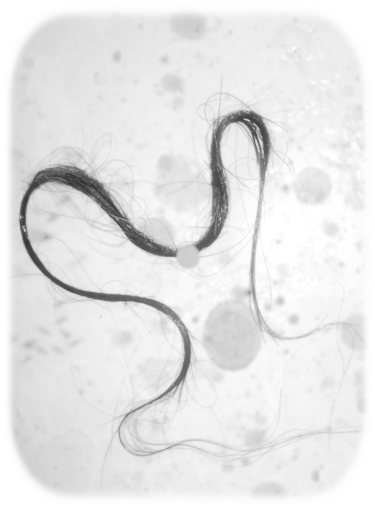
THE WATERTOWN REPUBLICAN — JANUARY 2, 1878

There is a well-known popular belief which still largely survives, in spite of the efforts of naturalists to assure the public of its fallacy, that the gordius, or “horse-hair snake,” is actually live horse-hair. There are still many people who firmly believe that if the hair from a horse’s mane or tail is left for some weeks in running water, the individual hairs will assume vitality and become “horse-hair snakes.” Many a country lad has tried this experiment, though, of course, with unsatisfactory result. At a recent meeting of the Maryland Academy of Sciences, Prof. Uhler, the President, read an interesting paper summing up our knowledge of the strange worm. Dr. Leidy has determined the fact that in its adult state the “horse-hair snake” does not eat any food; like many insects in their final stage of life, it is then solely devoted to the reproduction of its species. A single female may have an enormous number of eggs; Dr. Leidy's estimate is 6,624,800. The young gordius attaches itself as a parasite to many fishes and small aquatic creatures, and also to such insects as grasshoppers and day-flies. The length of the mature gordius is about fourteen inches; its thickness the twenty-fifth of an inch; its tendency to coil in knots has given the worm its scientific name.—New York Tribune.
From— Watertown Republican. [volume] (Watertown, Wis.), 02 Jan. 1878. Chronicling America: Historic American Newspapers. Lib. of Congress.



